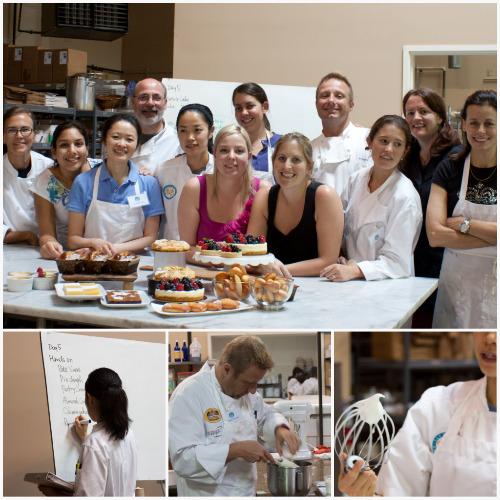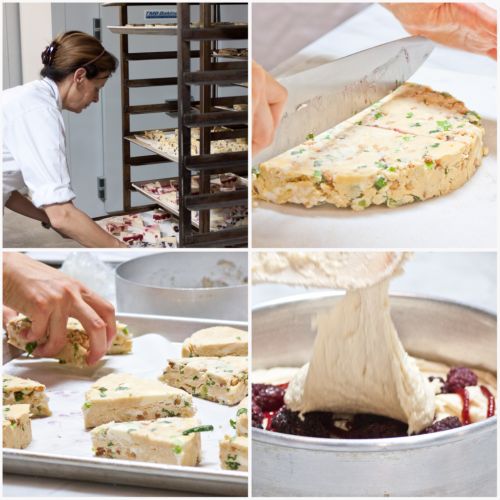
The Exploring Ingredients Class at San Francisco Baking Institute
Last week was big for me. I took a week off from work, returned very few emails, and my dogs suffered a severe lack of exercise. Why? I spent all week baking eight hours a day at the San Francisco Baking Institute, brushing up on my skills and learning the "how's" and "why's" behind much of the baking I do at home (How exactly can I make this cookie chewier? Why add potato starch here? What effect does pastry flour have on this recipe?). Each day I came home with boxes of treats to share with family, friends, and coworkers along with copious notes and a head spinning with information on technique and method. After spending the weekend debriefing, I thought I'd share the top ten things I learned from my one week in pastry school. Some of the tips here are relatively basic and fundamental, others are a bit more advanced. Each could certainly use its very own post. But sometimes broad coverage is nice--it's just enough to get you inspired to break out a muffin or cake recipe for the coming week. I'd love to hear any of your own baking tips/revelations, too!

Making Breakfast Pasties: Day 2
1. Mixing Methods: It's important to understand the different mixing methods when baking. And then to follow them. For example, when using the "Creaming Method" for cookies, you're really just creaming together the sugar and butter until combined. However, when making brownies, you need to integrate a lot of air into your batter when mixing your sugar and butter. This acts as your leavening agent (look at most brownie recipes and you'll notice a lack of chemical leaveners like baking soda or powder). So you'll need to mix on a higher speed for a longer period of time. If you're interested in reading more on mixing methods, The Reluctant Gourmet has done a nice post covering them in more detail.
2. Pay Attention to Your Flours: People use all different kinds of flour in pastry production for a variety of reasons. Cake flour and pastry flour have the lowest amount of protein whereas bread flour and all-purpose flour have the highest. As a general rule, the higher the amount of protein, the more structure the dough will have (think of how many cakes are so light and fluffy while traditional breads are heartier). Once you become familiar with how the various flours change the outcome of your pastries and baked goods, you can begin adapting recipes to create different textures simply by swapping the flours.
3. All About Super-Fine Sugar: I generally use granulated sugar at home. However, this past week we worked solely with superfine sugar (unless the recipe called for powdered or liquid sugar) and I learned why: superfine sugar melts in moisture more quickly than regular granulated sugar, and is really preferable for fine textured baked goods. Try it--you may just notice a difference.

